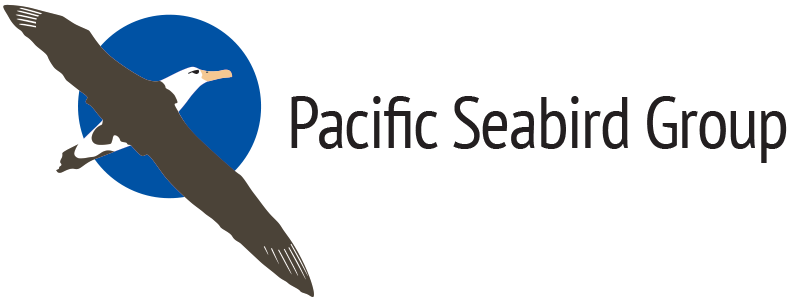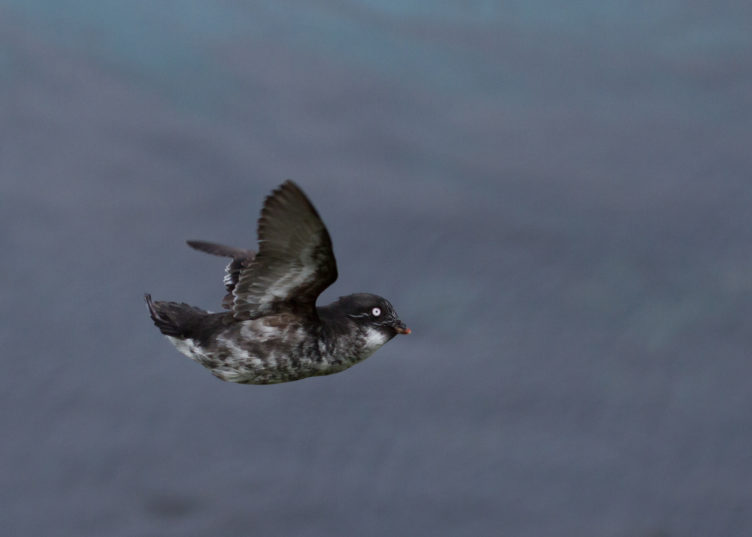WSU Seabird Paper Discussion Session
Sessions 17 Features Chinese Crested Terns (Thalasseus bernsteini)
Seabird sessions 17 this week on Wednesday July 29 at 0630 GMT for the Australasian / Pacific orange slice of the world.
Our two papers this week are:
Wille, M., Harvey, E., Shi, M., Gonzalez-Acuña, D., Holmes, E.C. and Hurt, A.C., 2020. Sustained RNA virome diversity in Antarctic penguins and their ticks. The ISME Journal, pp.1-15. (https://www.nature.com/articles/s41396-020-0643-1) ABSTRACT reads: Despite its isolation and extreme climate, Antarctica is home to diverse fauna and associated microorganisms. It has been proposed that the most iconic Antarctic animal, the penguin, experiences low pathogen pressure, accounting for their disease susceptibility in foreign environments. There is, however, a limited understanding of virome diversity in Antarctic species, the extent of in situ virus evolution, or how it relates to that in other geographic regions. To assess whether penguins have limited microbial diversity we determined the RNA viromes of three species of penguins and their ticks sampled on the Antarctic peninsula. Using total RNA sequencing we identified 107 viral species, comprising likely penguin associated viruses (n = 13), penguin diet and microbiome associated viruses (n = 82), and tick viruses (n = 8), two of which may have the potential to infect penguins. Notably, the level of virome diversity revealed in penguins is comparable to that seen in Australian waterbirds, including many of the same viral families. These data run counter to the idea that penguins are subject to lower pathogen pressure. The repeated detection of specific viruses in Antarctic penguins also suggests that rather than being simply spill-over hosts, these animals may act as key virus reservoirs.
AND:
Lu, Y., Roby, D.D., Fan, Z., Chan, S., Lyons, D.E., Hong, C.H., Wang, S., Yang, J., Zhou, X., Chen, D. and Yuan, H.W., 2020. Creating a conservation network: Restoration of the critically endangered Chinese crested tern using social attraction. Biological Conservation, 248, p.108694. (https://www.sciencedirect.com/science/article/pii/S0006320720307527) ABSTRACT reads: Social attraction techniques have been demonstrated effective in restoring seabird breeding colonies, especially colonies of terns (Subfamily: Sterninae). The Chinese crested tern (Thalasseus bernsteini) is a critically endangered seabird with a global population of about 100 breeding adults and a breeding range restricted to the East China Sea and the Yellow Sea. In order to restore a breeding colony of Chinese crested terns in an archipelago where a former colony had been abandoned, social attraction (decoys and audio playback systems) was deployed on a small, uninhabited island with no history of seabird nesting. The objective was to establish a breeding colony of greater crested terns (T. bergii), a closely-related common species, in the hope that Chinese crested terns would follow. Thousands of greater crested terns and at least 19 Chinese crested terns colonized the island during the first breeding season after deployment of social attraction. After three years of successful breeding, the colony was abruptly abandoned early in the fourth breeding season because of invasive king rat snakes (Elaphe carinata), which consumed all tern eggs. Following removal of all snakes from the colony, terns resumed nesting the subsequent year. Recovery of this critically endangered seabird depends on repeating this process at multiple islands. Careful planning, in conjunction with habitat management, close colony monitoring, and deployment of social attraction, can establish a conservation network of suitable, secure colony sites where most breeding adults can reproduce successfully. This approach can be used to restore a variety of declining seabird species along the Chinese coastline.
Both papers are open access – but if you can’t get the PDFs, please e-mail me
ZOOM link: https://us02web.zoom.us/j/84589125810






